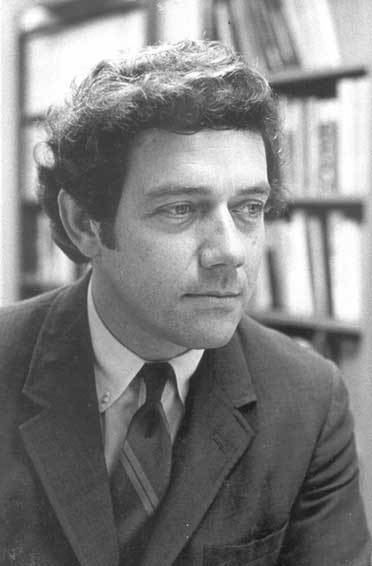Name James Thomson, | Role Historian | |
 | ||
Died August 11, 2002, Massachusetts, United States Books Sentimental Imperialists Education Harvard University, University of Cambridge, Yale University | ||
James Claude "Jim" Thomson Jr. (September 14, 1931—August 11, 2002) was an American statesman, historian and journalist.
Born in Princeton, New Jersey, to parents only temporarily home from China, where his father taught chemistry at Nanking University. He soon moved with them and his siblings to Nanjing. His siblings were Anne (who goes by Nancy), Sydney, and John, and he was a friend and brother in law to theologian Robert McAfee Brown, Sydney's husband. (Only Nancy and Sydney are still alive.)
Thomson returned to the United States as a student at Lawrenceville School. He traveled through China with a friend in the summer of 1948, when Mao Zedong's revolution was gathering force. In 1953 he graduated with a B.A. from Yale University, where he was editor of the Yale Daily News. As a Yale-Clare Fellow at Cambridge University, he received a B.A. in history in 1955, and an M.A. in 1959. He received his Ph.D. in history from Harvard University in 1961 under the direction of John K. Fairbank. He married his wife, Diana, in 1959. He was a lecturer in history at Harvard University starting in 1970, and taught a popular undergraduate course in American-East Asian Relations. In 1972 he was appointed curator of Harvard's Nieman Foundation for Journalism. He then taught at Boston University from 1984 until 1997.
Career and writings
A member of the Democratic Party, Thomson was an assistant to Chester Bowles during the Adlai Stevenson presidential campaign of 1956. He held various jobs relating to East Asian Affairs in the Kennedy and Johnson Administrations, resigning in 1966 in protest of the Vietnam War. In May 1964 he was involved in drafting what would eventually become the Gulf of Tonkin Resolution. He later called the original idea "fairly benign," yet it was shelved in June of that year due to the threat of a congressional filibuster.
His article "How Could Vietnam Happen?" in the April 1968 Atlantic Magazine examined and condemned American involvement in Vietnam in terms of State Department bureaucratic politics, the purging of expertise in the McCarthy era, and Democratic administration remembrance of the "loss of China" charges. Thomson appeared briefly on ABC during Richard Nixon's visit to the People's Republic of China, and he demonstrated the use of chopsticks for the American public.
Thomson's doctoral dissertation, finished while he was serving in Washington, was published in 1969 by Harvard University Press, While China Faced West: American Reformers in Nationalist China, 1928-1937. The book describes the efforts of American oriented reformers to provide China with effective political and social change, especially the Rural Reconstruction Movement. After his return to Cambridge, he supported the efforts of John Fairbank and others to form the Committee on American-East Asian Relations under the aegis of the American Historical Association. He and Ernest May edited American-East Asian Relations: A Survey. (Cambridge: Harvard University Press, 1972), a series of essays from a conference in Cuernavaca, Mexico, which assessed the state of the field of American relations with Asia. In 1981, he wrote Sentimental Imperialists: The American Experience in East Asia, along with co-authors Peter W. Stanley and John Curtis Perry.
In Nanjing, his mother had been a neighbor of Pearl S. Buck, an experience Thomson drew upon in writing "Pearl S. Buck and the American Quest for China" for a conference celebrating Buck's centennial. In it, he describes Buck as the most influential writer on China since Marco Polo.
His death in 2002, two years after his wife's, was due to a heart attack. Both of their funerals were held in the Memorial Church of Harvard University, and they are both buried in Heath, Massachusetts.
